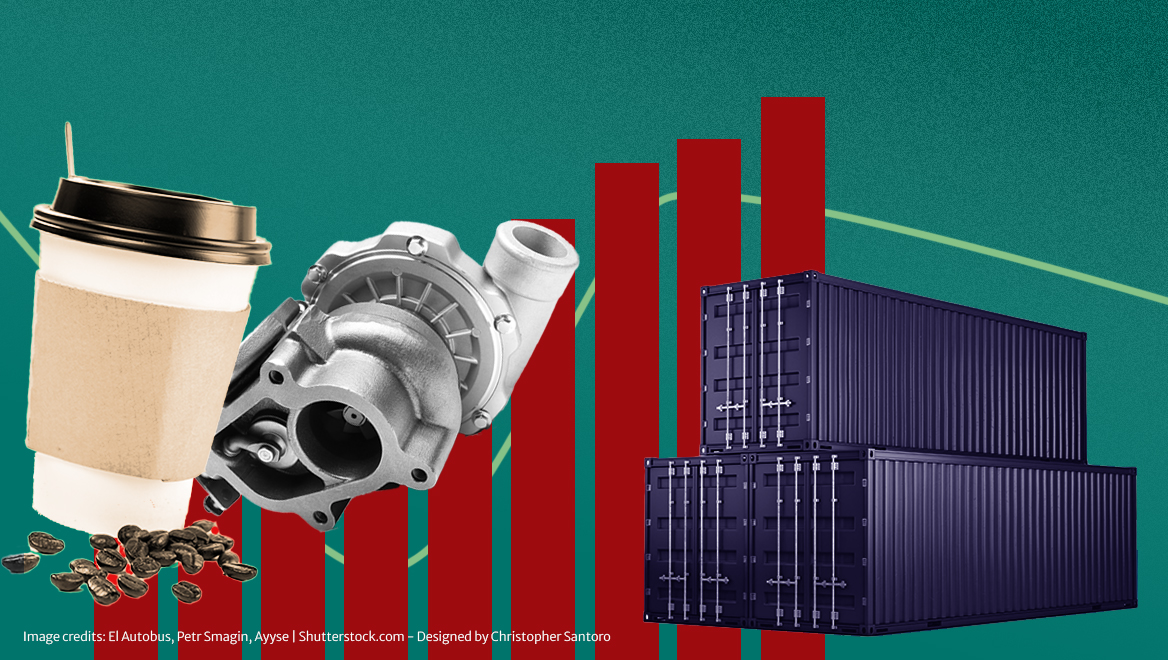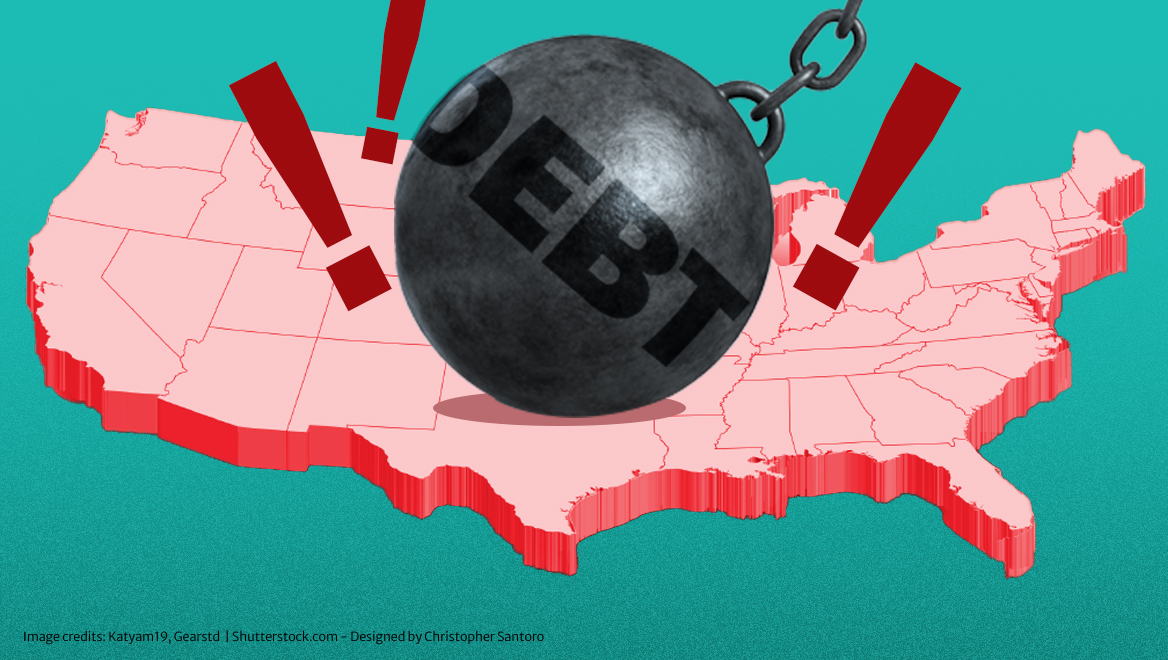What a New Tariff Phase Could Mean for Your Bank
7/17/2025

As the next phase of the U.S. tariff regime kicks in, economist John Silvia says banks should brace for volatility—and sharpen their tools. In an exclusive interview with ProSight, the former Wells Fargo chief economist pointed to mounting risks around credit quality, interest rates, and the broader policy environment. From margin pressure to capital strategy, Silvia sees plenty of pressure points ahead.
Inflation May Have Lagged, but It’s Coming: When he was interviewed a few days ago, inflation had not yet shown signs of spiking. On Tuesday that changed when the consumer price index came in at 2.7% for June, up from 2.4% in May. Silvia attributed the lag partly to uncertainty and companies that were “wary of being the first to raise prices and thereby lose customers.”
If the Fed eases interest rates while inflation remains above target, Silvia warns of longer-term risks: “[That] would be negative for the dollar and lead to higher nominal interest rates and higher long-term interest rates due to higher long-term inflation risk.”
Watch Small Business Credit Quality: Among lending categories, Silvia said small businesses are the most vulnerable to ongoing tariffs “given their limited pricing power and smaller profit margins.” Banks, he said, are likely to respond in kind. “Spreads will widen and credit standards [will be] raised.” (For more on how banks can address tariff-related risks, watch this Risk Readiness webcast.)
Manufacturing and Autos May Benefit: It’s not all bad news. Silvia sees opportunities for banks in domestic manufacturing and auto lending, which could benefit from protectionist policy. President Trump said on July 10 that across-the-board tariffs on trading partners could settle in the range of 15% to 20%. Silvia said the blanket tariffs of 10% that prevailed after the president paused the Liberation Day tariffs would be unlikely to prompt major reshoring. The bigger push, he said, comes from targeted product tariffs— like those on steel, aluminum, copper, and port container equipment.
Young Borrowers and Private Credit Pose Risks: Silvia flagged growing risks in consumer credit, especially among younger borrowers: “Recent student loan legislation signals a deterioration of credit [quality] for younger borrowers—credit cards and autos—as well as student loans.” He expects this will lead to a pullback in lending to younger demographics.
Longer term, Silvia sees the rise of private credit as a structural challenge for banks: “Both the volume of lending and the profit margins on lending will decline.” To remain competitive, he said, banks may need to consider new approaches—including opportunities “away from traditional lending.”
Capital Strategy in a Volatile Market: Stagflation—when slow growth meets high inflation—is a worst-case scenario for banks. Silvia, however, doesn’t see it materializing: “Traditional stagflation [is] unlikely,” he said, citing strong fiscal stimulus and restrained Fed policy. Still, he expects volatility to persist: “U.S. dollar weakness is already apparent,” and the 10-year Treasury is likely to stay above 4.2% amid waning global confidence. (For more on why stagflation poses unique risks, see “Tariffs, Turbulence, and the Road Ahead for Banks.”)
The Bottom Line: Silvia doesn’t expect a collapse—but he does expect friction: “More direct tariffs on certain products (autos) and specific countries (Japan, Korea, South Africa) are the most likely outcomes.” For banks, that means preparing for shifting credit dynamics, rising long-term interest rates, and the erosion of pricing power for many borrowers.
In short, it’s time to stress test not just your loan book—but your assumptions.


